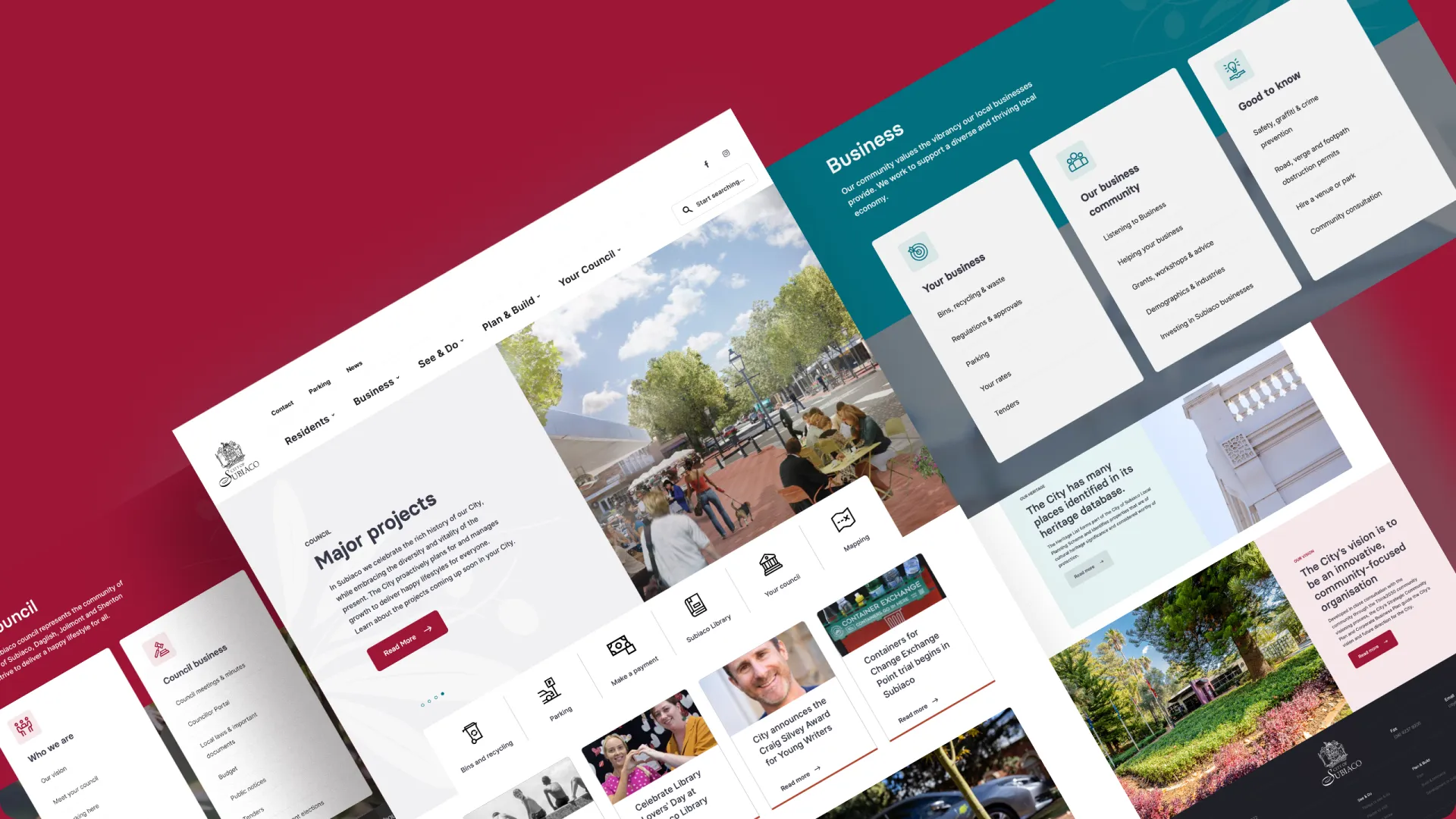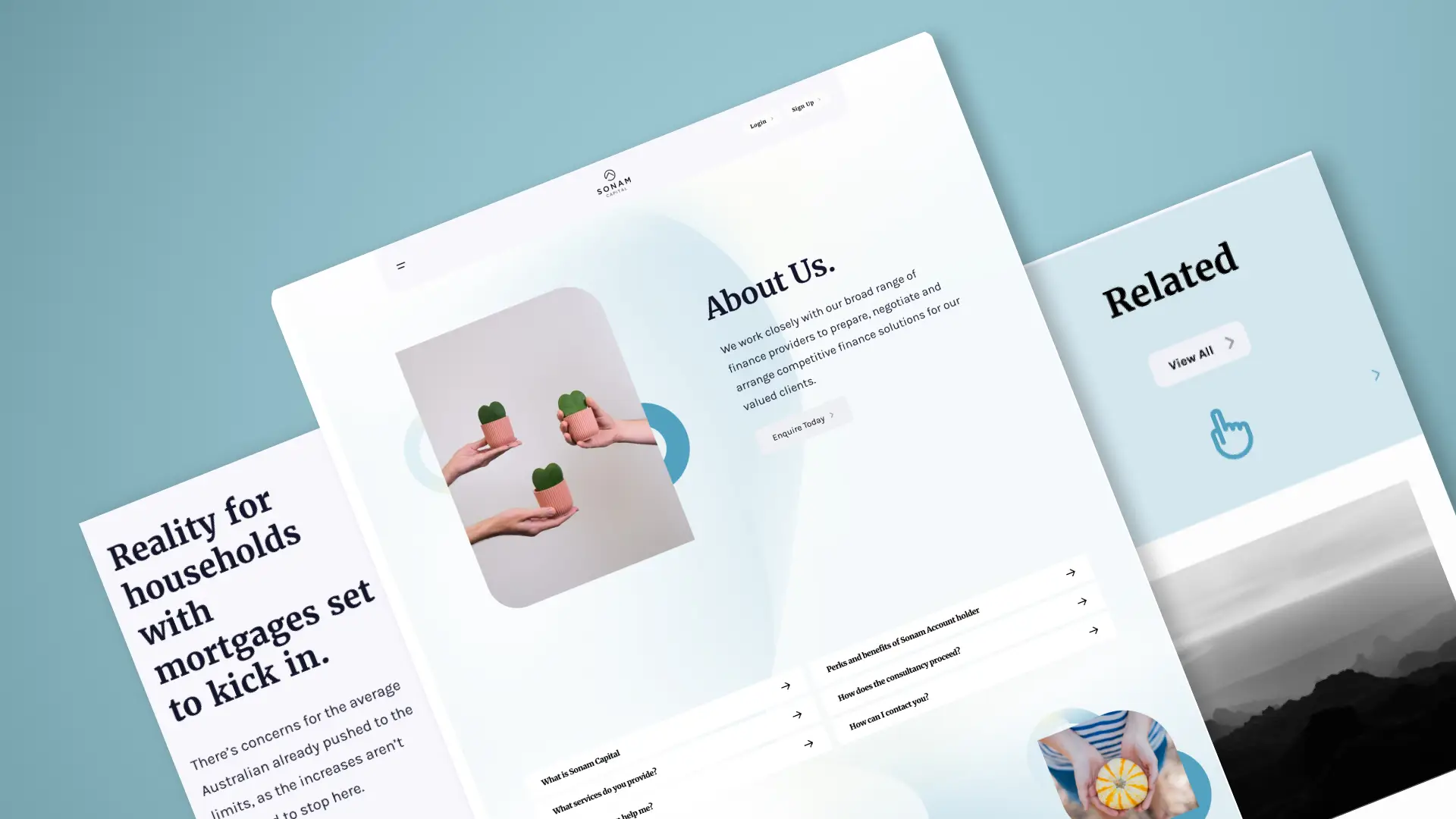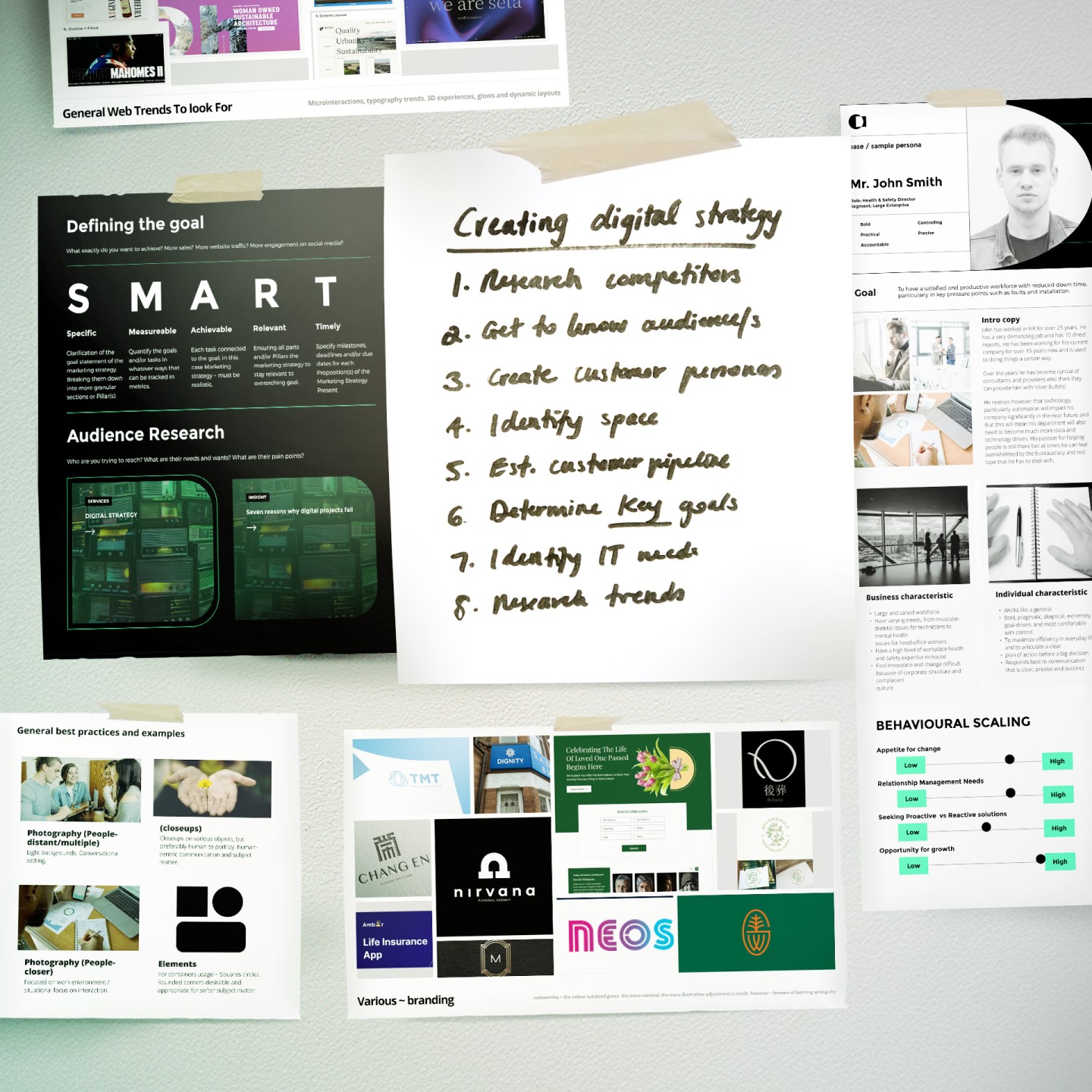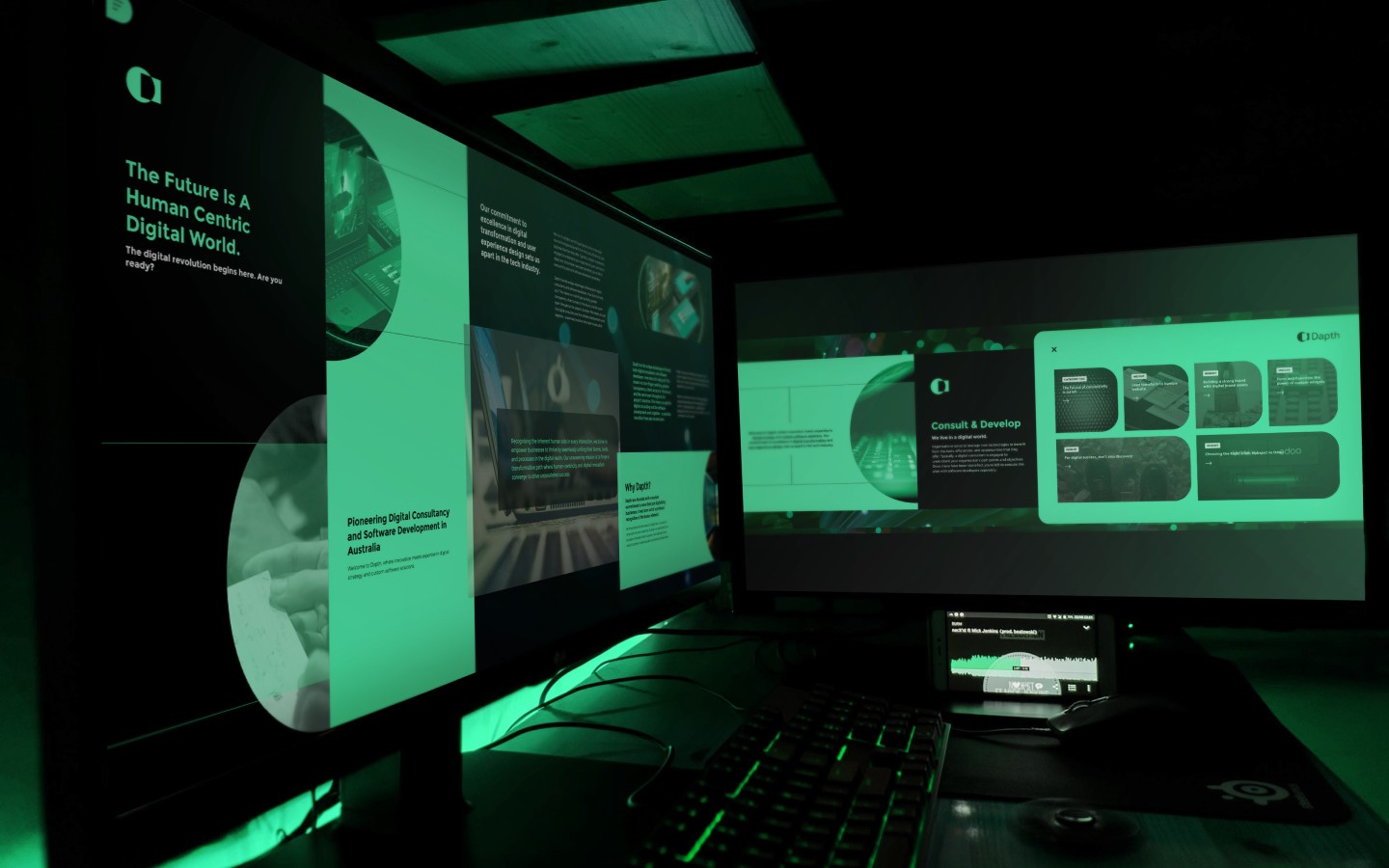
What is a User Interface (UI): Types & Examples
User interfaces are how people interact with products - encompassing all visual and informational elements and navigational and organisational features. A website would be blank without a user interface - as it is the surface layer through which users communicate with hardware or software.
The field of UI design focuses on crafting a positive user experience (UX) through the best combination of aesthetic and functional elements. Good UI design is essential for a positive user experience, and it involves crafting an app's visual and interactive aspects, including colours, text, buttons and animations.
UI design is not the same as UX design, which is more about the broader aspects of product development. UI design focuses on strategic choices in layout, such as logo placement and buttons, to ensure visual coherence and an engaging interface.
The industrial field of human-computer interaction (HCI) recognises the UI as the space for interactions between humans and machines. Today, most businesses recognise the importance of an excellent user interface in building customer loyalty and brand recognition. Users expect well-designed products, and good UI design draws in visitors and retains customers while facilitating interactions between users and businesses.
UI designers are responsible for the product's look and feel, from colour schemes to typography. They anticipate user preferences and create an interface that understands and fulfils them. UI design doesn't just focus on aesthetics but maximises responsiveness, efficiency and accessibility of the website.

Importance of UI in technology and everyday life
Daily, we interact with various appliances, vehicles, and public spaces with user-friendly interfaces. These interfaces make our interactions smoother and more efficient, whether a physical product or software application. The first impression of a product often sets the tone for the entire user experience.
In 2007, Apple revolutionised the industry by introducing a new and innovative UI concept that changed how users interacted with their devices. A good UI design helps to build customer loyalty and brand recognition, and customers now expect well-designed products. An excellent UI can make or break the success of a product, as it draws in visitors, retains customers, and facilitates interactions between users and businesses.
A good user interface (UI) is crucial for the success of any product or service. It can improve Search Engine Optimisation (SEO) efforts by increasing the average session duration metric, which is a factor that search engines use to rank websites. Moreover, a well-designed UI can help build brand loyalty and improve conversions. Essentially, good UI is essential for the success of any product or service.

Evolution of UIs over time
Computers have become an inescapable part of our lives. We live in an exciting era of evolving user interfaces and design, where everything from our clothes, accessories, and streets have merged into one central user interface. This is the age of ambient intelligence, where technology has become pervasive and omnipresent.




Understanding User Interface: Meaning and Definition
In the early days of computing, there needed to be more in the way of a user interface - only a few buttons on an operator's console were available. Back then, many computers used punched cards prepared with keypunch machines to input computer programs and data. Although punched cards have been obsolete in computing since 2012, some voting machines still use this system.
In the context of technology and design, UI refers to the point at which human users interact with a computer. The user interface, commonly abbreviated as UI, encompasses all the elements of UI design. These include input controls, navigational components, informational components, and containers.
A user interface is a collection of elements that enable users to interact with a computer. It plays a crucial role in ensuring that users can easily navigate and utilise the features of a computer system.
Types of User Interfaces
There are many types of User Interfaces utilised for different reasons and in various contexts, including:
- Graphical User Interfaces (GUI): utilises graphical elements like icons and windows to facilitate interaction, commonly found in operating systems and applications.
- Command-Line Interfaces (CLI): Relies on text-based commands for user interaction, often used by developers and system administrators for precise control over operations.
- Voice User Interfaces (VUI): Enables interaction through spoken commands and responses, popularised by virtual assistants like Siri and Alexa.
- Touchscreen User Interfaces: Allows users to interact with devices through touch gestures, prevalent in smartphones, tablets, and interactive kiosks.
- Augmented Reality (AR) User Interfaces: Integrates virtual elements into the natural environment, commonly seen in AR apps for navigation, gaming, and education.
- Virtual Reality (VR) User Interfaces: Creates immersive virtual environments for user interaction, utilised in VR gaming, simulations, and training programs.
Examples of User Interfaces
User interfaces are how humans interact with machines. Examples of user interfaces include the computer mouse, remote control, virtual reality, ATMs, and speedometer. Some websites, like Airbnb, Dropbox, and Virgin America, exhibit robust UI design that is user-focused, easy to operate, and enjoyable to use.
Some real-world examples of different types of user interfaces include -
- Graphical User Interface (GUI): Operating systems like Windows and macOS, smartphone applications. GUIs are operated by clicking on icons with a mouse or tapping on them with a finger.
- Command Line Interface (CLI): Command prompt or terminal on computers, programming interfaces. CLIs are operated by typing commands into a prompt or terminal.
- Voice User Interface (VUI): Voice assistants such as Siri, Alexa, and Google Assistant. VUIs are operated by speaking to a voice assistant.
- Touchscreen User Interface: Devices like smartphones, tablets, and ATMs.Touchscreen UIs are operated by tapping and swiping on the screen with a finger.
- Augmented Reality User Interface (AR UI): AR apps like Pokémon Go and Snapchat filters. AR UIs use a camera and screen to show an augmented reality view.
- Virtual Reality User Interface (VR UI): VR gaming consoles and VR training simulations. VR UIs are operated through a controller or by moving the head and body in a virtual environment.


Importance of User Interface Design
User Interface (UI) design plays a significant role in creating user-friendly experiences for digital products. A well-designed UI can enhance usability, user satisfaction, and customer retention, leading to competitive advantage, reduced costs, increased profits, and overall success of an app.
One of the main goals of UI design is to anticipate what users might need to do and ensure that the interface has elements that are easy to access. At the core of UI design lies the goal of providing exceptional User Experience (UX), which collaborates with UI. A well-designed UI makes navigation a breeze, keeps users happy, and ensures that your product stands out in the digital crowd.
UI and functionality are essential to creating the interaction between your brand and customers. A well-designed UI means that users can efficiently accomplish tasks within the app without getting perplexed. It is one of the most critical aspects of the software development process. It's the first impression most users will have of the interface and brand.
Overall, the success of an app relies on user engagement, and a well-designed UI not only attracts users initially but also keeps them engaged over time. UI focuses on aesthetics and plays an essential role in the success of any digital product.
Why is User Interface important?
User interface is a crucial aspect of any software, website, or application as it enables users to interact with them effectively. A well-designed UI should include contrasting visuals, clean design, and responsiveness. When designing a UI, it is essential to consider the users' expectations regarding accessibility, visual aesthetics, and ease of use. An optimal mix of compelling visuals and efficient responsiveness can improve a site's conversion rates as it anticipates and satisfies user needs.
There are several essential elements of great UI, including Information Architecture (IA), Interactive Design, and Visual design. UI focuses on the quality of the user's interaction with the product, while UX involves market research and identifying user needs. UI has more artistic design components that relate to the look and feel of the product, while UX focuses on identifying user needs.
User interface (UI) design combines elements of interaction design, visual design, and information architecture. The interface includes various components such as input controls, navigational components, informational components, and containers. A well-designed user interface can be compared to rolling out a red carpet for the user, making the experience more enjoyable and intuitive.
The process of creating a user interface (UI) involves designing the appearance and functionality of a website, program or app. This includes researching branding and design, adapting the interface to various devices, ensuring interactivity and animation, and putting the design into action. It's crucial to ensure that the UI design is user-friendly, visually attractive, and easy to navigate so that users can have a seamless experience.

Critical Principles of UI Design
To create an effective user interface, certain fundamental principles need to be followed. These principles include consistency, simplicity, visibility, feedback, and flexibility.
Consistency means making sure that the user interfaces are as consistent as possible. This is achieved by using similar design patterns, identical terminology in prompts, homogenous menus and screens, and consistent commands throughout the interface.
Simplicity is also important. As Peep Laja says, "Your job is to build an interface that minimises the knowledge gap between what users know before coming to your site and what they must know to use it properly." Visibility refers to ensuring all the necessary information is visible to the user. Feedback is also important so that the user knows what is happening when they interact with the interface. Flexibility is not just about following a linear path but also involves knowing the customer and providing flexibility for different customer intents. This can be achieved by designing great solutions in all situations and using shortcuts that speed up user interaction.
According to Jakob Nielsen, it is essential to have an 'emergency exit' option that allows users to leave the unwanted state without going through an extended dialogue. This helps in instances when users choose system functions accidentally.
Additionally, the interface should support 'undo' and 'redo' functions that allow users to reverse actions easily when they feel they've made a mistake. This is closely related to Ben Schneiderman's golden rule for UI - 'supporting internal locus of control.' Furthermore, users spend most of their time on other sites, so Jacob's Law states that your site should work the same way as all the other sites they already know, making it familiar and easy to use.
The future of User Interfaces
There are many emerging trends and technologies shaping the future of User Interfaces (UIs). Potential advancements include Natural Language Processing (NLP) for more intuitive Voice User Interfaces (VUIs), gesture-based interfaces for Augmented Reality (AR) and Virtual Reality (VR), and the integration of Artificial Intelligence (AI) for personalised user experiences.
Additionally, we'll explore the impact of wearable technology on UI design and highlight the evolving role of UIs in human-computer interaction.

The takeaway
In summary, user interfaces (UIs) are integral components of technology, serving as the conduit between users and digital products. Understanding what user interfaces entail, from their definition to various types and examples, illuminates their significance in modern technology. UI design encompasses consistency, simplicity, and visibility to ensure optimal usability and user satisfaction.
Emerging trends in UI design, including Natural Language Processing (NLP) and gesture-based interactions, shape the future of UIs, underscoring the importance of staying updated in this dynamic field. By prioritising user-centred design and leveraging innovative technologies, we can create UIs that meet user needs and elevate digital experiences to new heights.
As we navigate the evolving technological landscape, let's recognise the vital role that user interfaces play in shaping our digital interactions and experiences. It's essential to consider the significance of UIs in daily interactions with technology.
Receive the pinnacle of user experience design with our dedicated team at Dapth, a leading user experience agency in Perth. Specialising in creating intuitive, engaging interfaces, our UX design agency crafts solutions that seamlessly blend aesthetics with functionality. Whether you're in need of a UI UX designer in Perth or seeking comprehensive user experience design services, our team is equipped to elevate your digital presence. We get it, the success of your digital product hinges on its usability and appeal to users. That's why, as a distinguished UX agency, we're committed to delivering designs that not only look stunning but also enhance user interaction and satisfaction. Explore our services to see how our UX design agency can transform your ideas into captivating digital experiences.

Frequently Asked Questions
UI or User Interface, encompasses all means by which users interact with a system, including graphical and non-graphical interfaces.
GUI, or Graphical User Interface, refers explicitly to interfaces that allow users to interact with electronic devices using graphical elements such as icons, buttons, and menus. Therefore, while GUI is a type of UI, not all UIs are graphical; some may be text-based or voice-based.
UI - short for User Interface, refers to the means by which users interact with a system, software application, or device. It includes graphical elements, text-based interfaces, voice commands, and other forms of interaction designed to facilitate user engagement.
UI stands for User Interface. It represents the point of interaction between the user and a system, enabling users to input commands and receive feedback from the system.
The purpose of a UI is to facilitate communication and interaction between users and a system, software application, or device.
It aims to make the interaction intuitive, efficient, and user-friendly, ensuring that users can easily achieve their tasks and goals while minimising frustration and errors.
A common user interface example is the touchscreen interface found on smartphones and tablets. Users interact with the device by tapping, swiping, and pinching on the screen, which is the graphical interface for accessing apps, settings, and other functionalities.
This UI allows users to navigate through menus, launch applications, type messages, and perform various tasks using touch-based interactions, contributing to the overall user experience of the device.



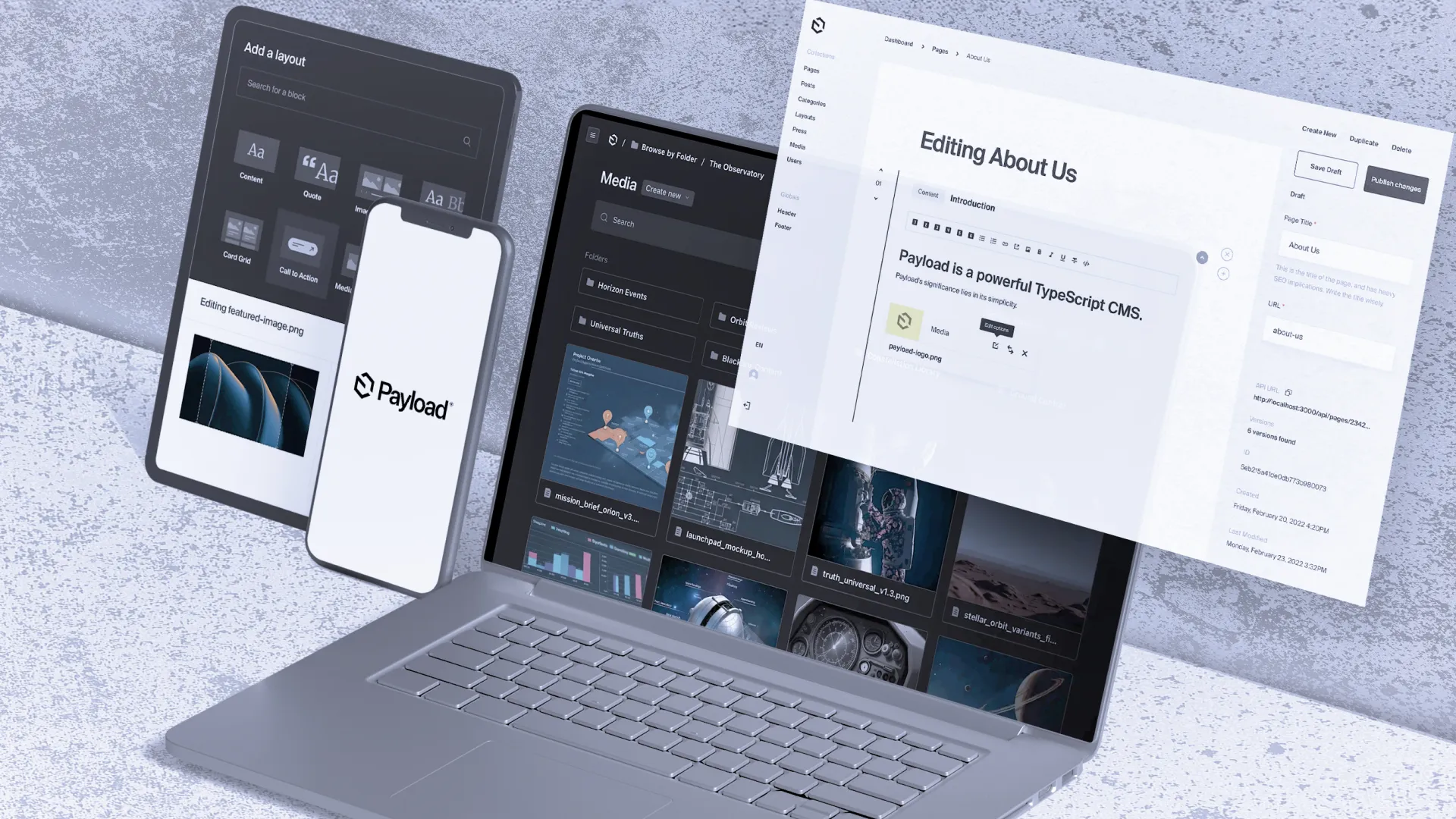

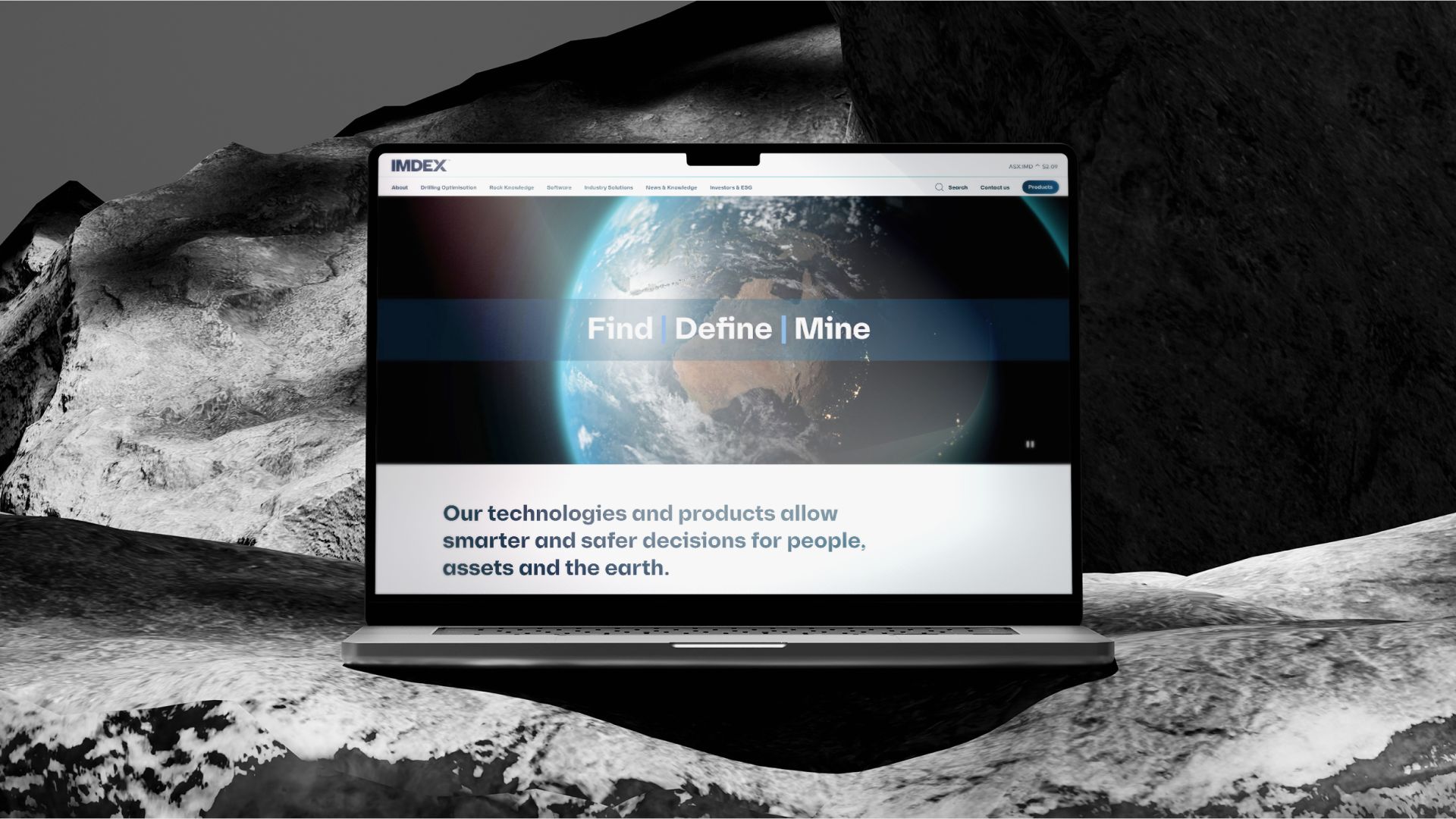
_web.webp)

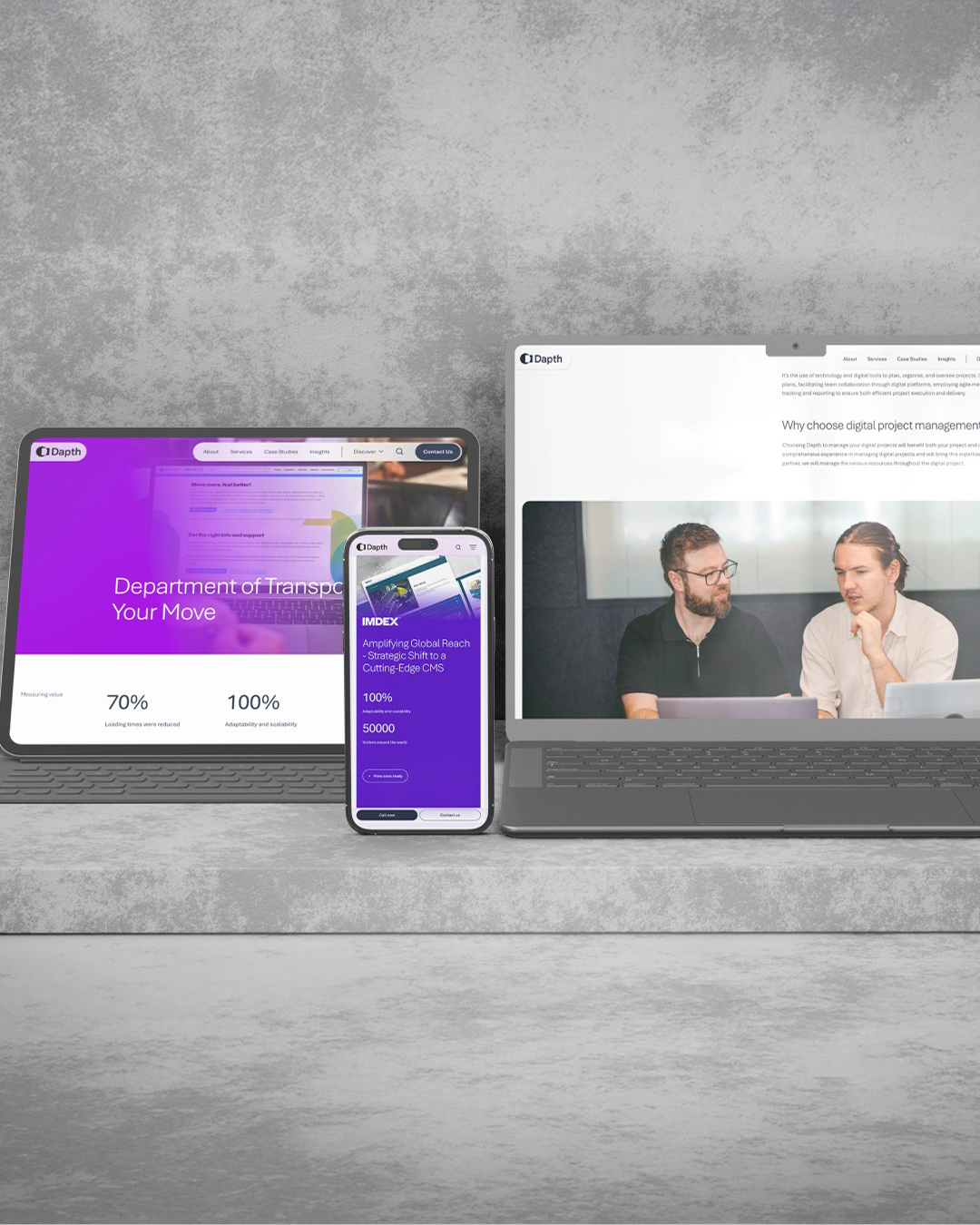




























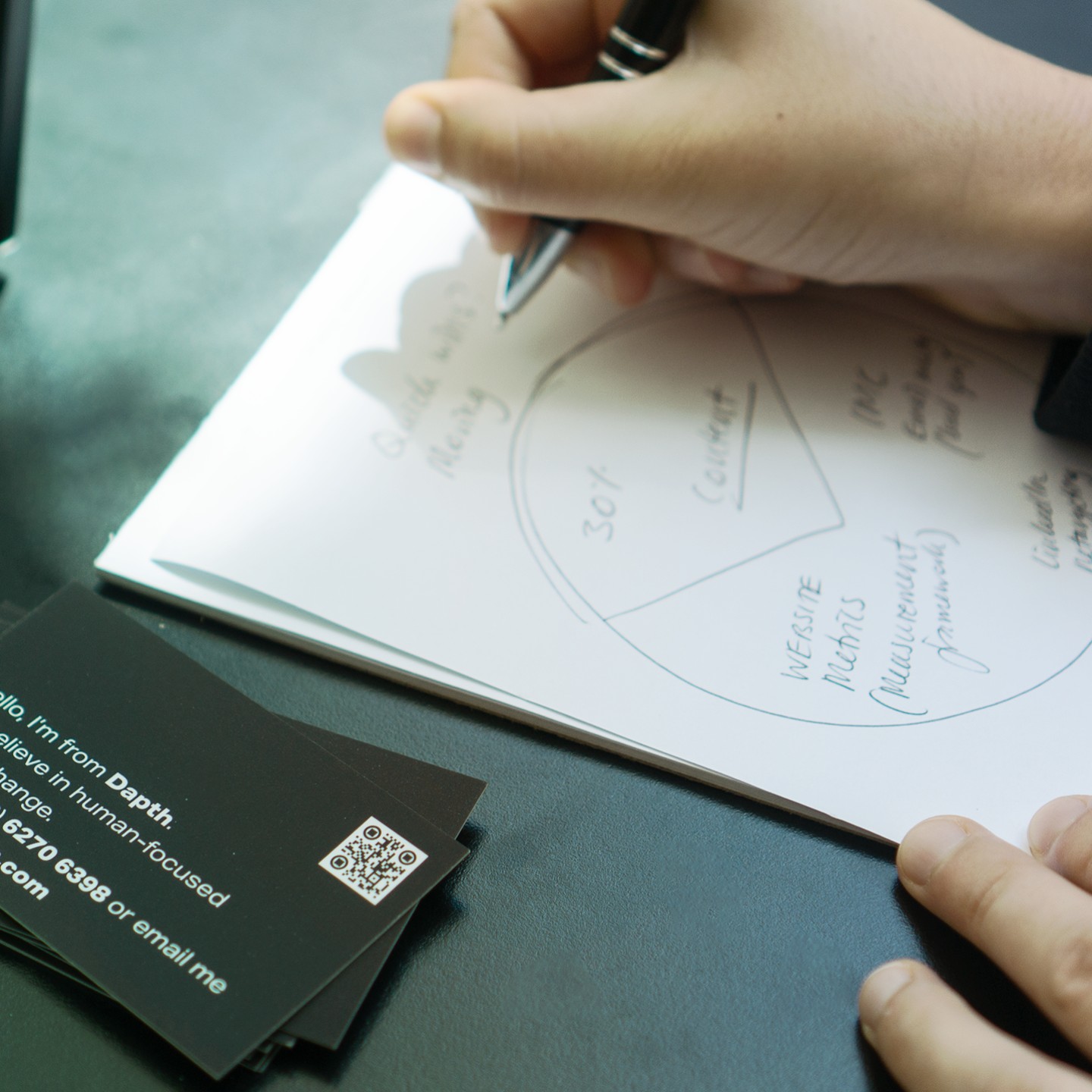
_web.webp)
_web.webp)
_web.webp)

_web.webp)

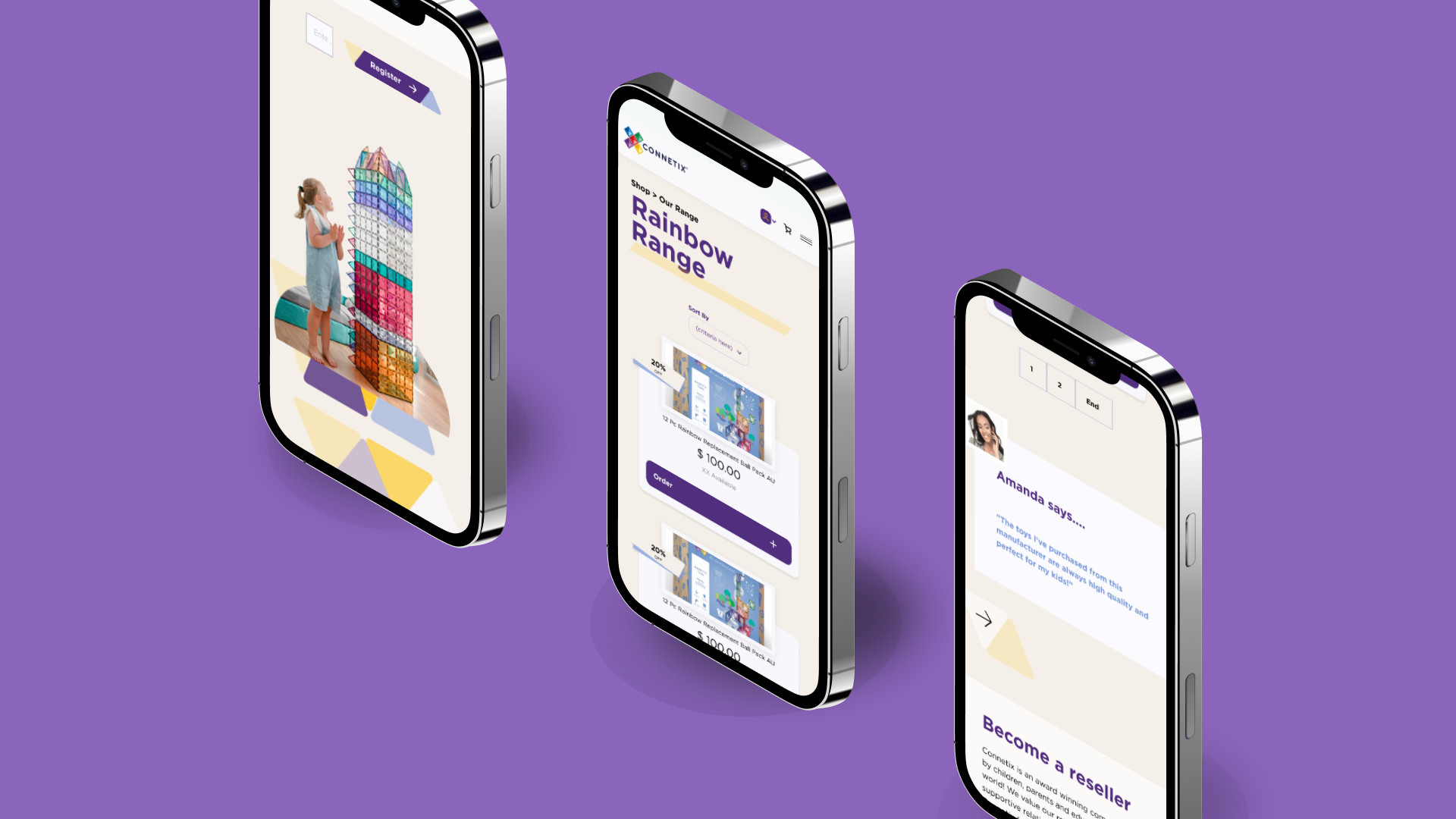
_web.webp)









